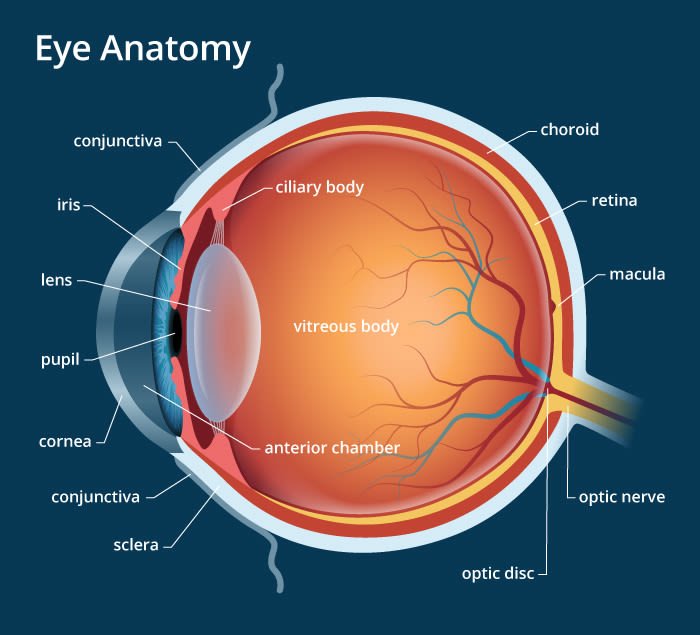“To suppose that the eye, with all its inimitable contrivances for adjusting the focus to different distances, for admitting different amounts of light, and for the correction of spherical and chromatic aberration, could have been formed by natural selection,” wrote Charles Darwin, “seems, I freely confess, absurd in the highest possible degree.” On the Origin of Species, p. 217.
Darwin nevertheless argued that the eye could have evolved in a step-wise fashion. He did not propose an actual path of development, but he noted that there are many animals with less complex visual equipment, ranging all the way down to a light sensitive patch of skin.
But the problem with that theory is that many of the eyes that now exist were there from the beginning of the fossil record, from the Cambrian explosion. Moreover, we now know that vision has an extraordinarily complex biochemical component, of which Darwin was not aware, that would also have had to evolve by slow degrees.
A few years ago, there was a Darwinian argument to the effect that the human eye was “wired wrong”, i.e., the light-sensitive cells seemed to be facing the wrong direction. But further study has revealed good reasons for how the back of the eye is set up, reasons that were not at first obvious.
This video discusses these issues, and features Jonathan Wells, author of “Icons of Evolution,” and more recently “Zombie Science”


